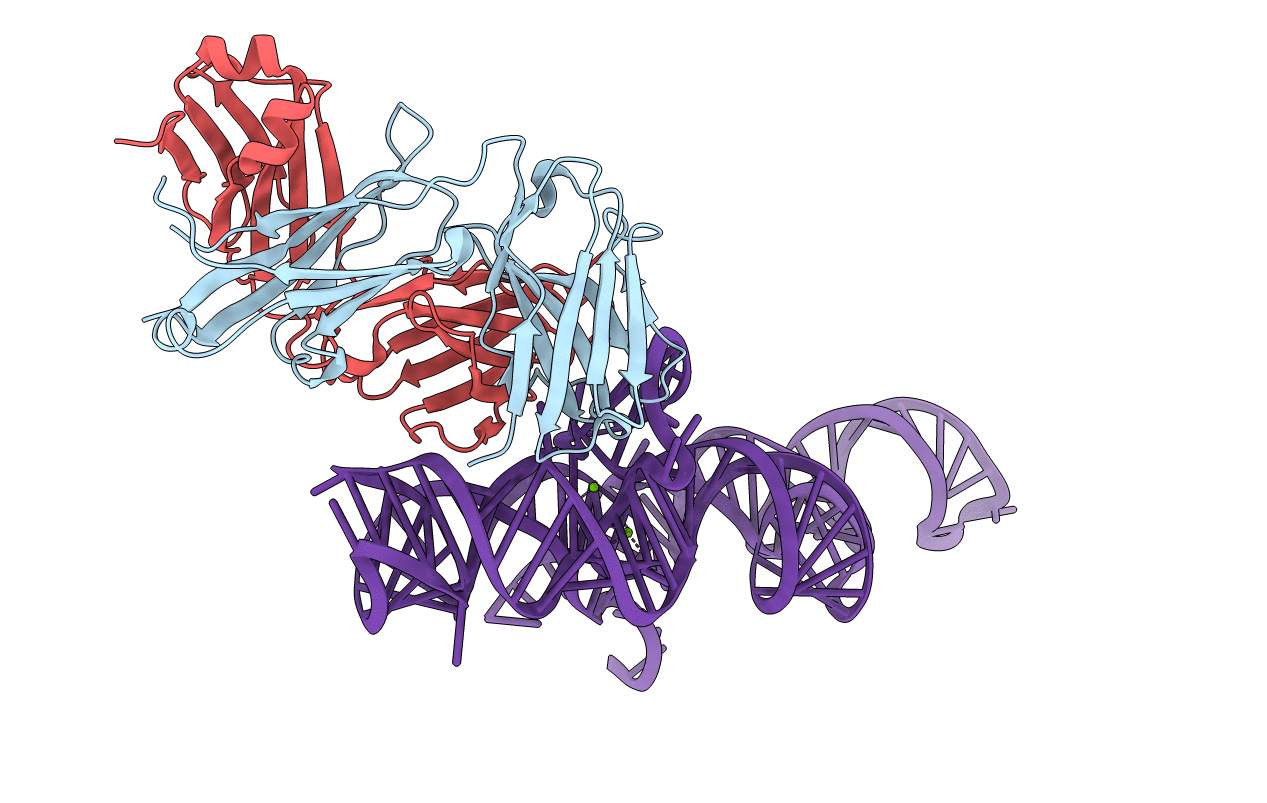
Deposition Date
2007-09-11
Release Date
2007-12-04
Last Version Date
2024-10-30
Entry Detail
PDB ID:
2R8S
Keywords:
Title:
High resolution structure of a specific synthetic FAB bound to P4-P6 RNA ribozyme domain
Biological Source:
Source Organism:
Mus musculus (Taxon ID: 10090)
Method Details:
Experimental Method:
Resolution:
1.95 Å
R-Value Free:
0.22
R-Value Work:
0.19
R-Value Observed:
0.19
Space Group:
C 1 2 1


